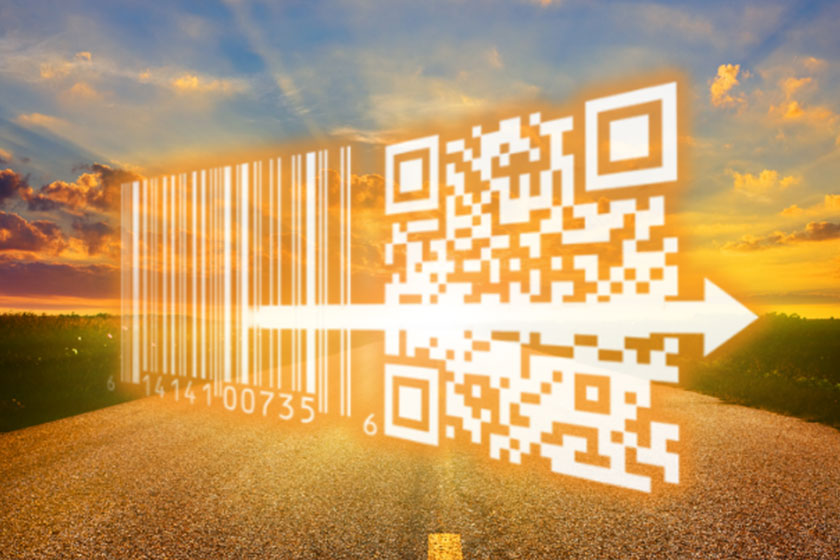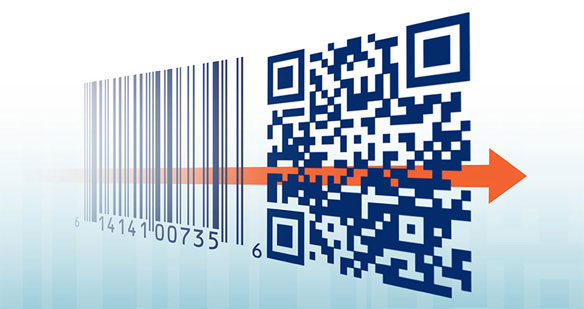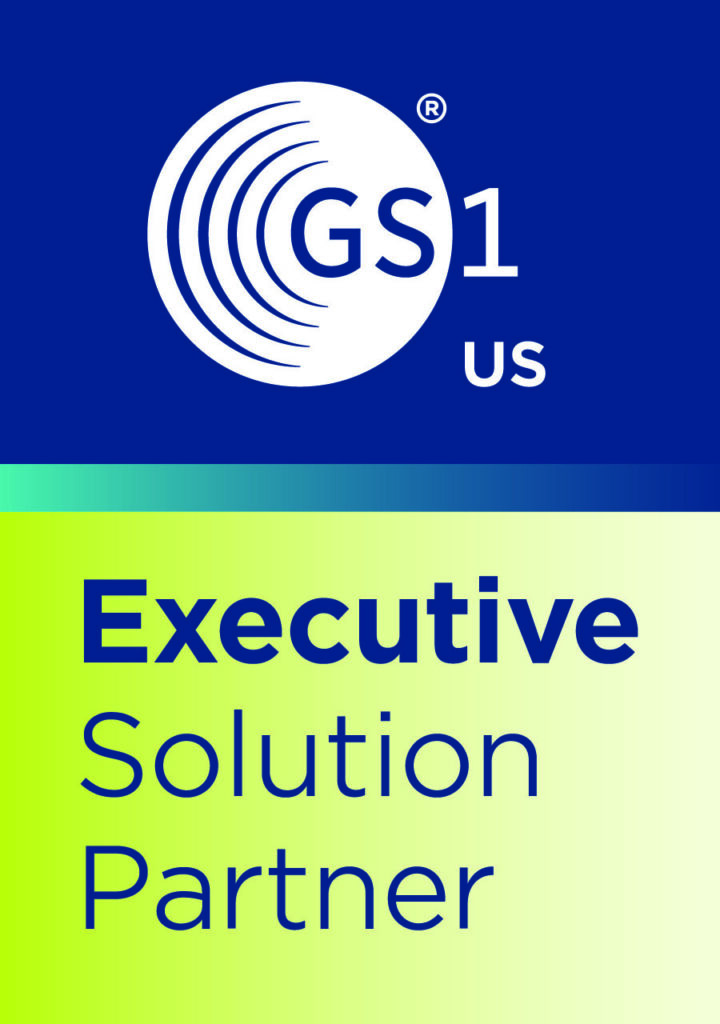
Businesses are familiar with change. However, some innovations have the potential to change entire industries. 2D Barcodes represent one such transformative shift. Businesses have relied on the traditional 1D barcode for decades to identify products and perform price lookups.
However, the growing demand for transparency, traceability, and richer product data has exposed its limitations. Both consumers and supply chain executives seek more detailed information than these one-dimensional (1D) barcodes can provide. Enter the two-dimensional (2D) barcode. This technology can carry vast amounts of data and open new business doors.
The global supply chain is already transitioning to this standard. Known as GS1 Sunrise 2027, this initiative aims to make the transition to accepting 2D barcodes at point-of-sale (POS) or point-of-care (POC) by the end of 2027.
Traditional barcodes redefine how businesses connect with consumers and manage supply chains. The Sunrise 2027 initiative is the future of commerce.
Why 2D Barcodes Matters
2D Barcodes are a leap forward in how businesses interact with products and data. Traditional 1D EAN/UPC barcodes were groundbreaking when introduced nearly five decades ago. Yet, their limited functionality no longer meets the needs of the current market. These barcodes can only store basic product identification, such as a product’s global trade identifier number (GTIN).
Two-dimensional barcodes solve this problem by offering far greater data capacity in the same physical space. These codes can include batch numbers, expiration dates, sourcing details, and nutritional information. They may also provide marketing links, all accessible through a simple scan.
They enable easier interactions between products, businesses, and consumers. These benefits extend beyond data density and help companies manage inventory more effectively. They also help simplify recalls and strengthen customer trust.
For example, retailers can use 2D barcodes to identify and manage stock nearing its expiration date. Instead of relying on manual checks or separate systems, a single scan can provide all necessary details.
2D barcodes also offer a high level of transparency for consumers. Shoppers can access real-time information about allergens, sustainability practices, and product origins. This information helps buyers make informed decisions while fostering brand loyalty.

The Technology Behind 2D Barcodes
The GS1 Sunrise 2027 initiative is a response to market needs. With over 88% of the world’s GDP in the ongoing transition, the move to 2D barcodes is a global effort. Businesses are testing and adopting technology in 48 countries. GS1 prepares for a world where 2D barcodes become the standard for point-of-sale (POS) transactions. This transition involves equipping POS systems with scanners capable of reading traditional and 2D barcodes.
Transforming the POS Experience
The rollout of 2D barcodes demands significant upgrades to POS systems. Yet, the potential rewards far outweigh the initial investment. Modern scanners capable of reading 1D and 2D barcodes provide retailers with flexibility and operational efficiency.
These systems simplify transactions, reduce checkout errors, and enable faster access to product data. This advancement enhances customer experience by providing greater convenience and personalization. It also helps retailers directly utilize their POS systems’ detailed sales insights and trends.
GS1 Digital Link
The GS1 Digital Link is a transformative element of the Sunrise 2027 initiative. It changes how products interact with consumers and businesses. Unlike static 1D barcodes, the GS1 Digital Link integrates with digital ecosystems. A single scan unlocks a wealth of information.
Consumers can instantly access sustainability credentials, nutritional details, product guides, or promotional offers. This capability opens doors for businesses. It provides insight into interactive marketing, personalized engagement, and actionable data-driven strategies.
Dual Labeling
The transition to 2D barcodes does not happen overnight. GS1 takes this into account with a dual-labeling strategy. Businesses can use traditional 1D and 2D barcodes simultaneously to maintain continuity while adapting to the new system.
This approach allows companies to maintain their current operations without disruption. It also gradually introduces the advanced capabilities of 2D barcodes. Industry leaders like Puma have already adopted this model, setting a precedent for others to follow. As dual labeling gains traction, it creates a clear pathway for the eventual phase-out of traditional barcodes.
Consumer Demand Fuels the Change
The shift to 2D barcodes isn’t driven solely by technology but by consumer demand. Today’s shoppers want insights. Surveys show that 77% of consumers consider product information necessary when purchasing. Around 62% are willing to pay a premium for products offering detailed, transparent information. 79% are likelier to buy items with scannable barcodes providing additional details.
Consumers are particularly interested in nutrition, allergens, sustainability, and product safety information. Consumers seek to understand their products’ origins and how they’re made. They also evaluate if the products align with their values. 2D barcodes deliver this information in an accessible, user-friendly way.
Offering transparency through 2D barcodes lets companies differentiate themselves in competitive markets. Brands that adopt this change early will position themselves as leaders in customer-centric innovation.
The Wider Impact of Sunrise 2027
While the retail sector is the primary focus of Sunrise 2027, the benefits extend to other industries. In healthcare, 2D barcodes improve patient safety by facilitating accurate medication administration.
In manufacturing and logistics, these barcodes ease inventory management, reduce errors, and enhance traceability. Automotive companies use 2D barcodes for part identification to maintain quality control.
Sunrise 2027 also paves the way for smarter, more sustainable practices. Businesses can use 2D barcodes to track and report on their sustainability efforts, from ethical sourcing to carbon footprint reductions. This transparency appeals to environmentally conscious consumers and supports corporate social responsibility goals.

The Role of FineLine Technologies in the Transition
FineLine Technologies is a GS1 US Solution Partner, exhibiting at GS1 Connect: Amplify summer 2025. Our team includes GS1 Standards Professionals, available to discuss 2D barcode options to support GS1 Project Sunrise and your specific business use cases.
At FineLine Technologies, Inc., our high-quality barcode and RFID products paired with our industry expertise makes us the ideal partner for businesses exploring the path to Sunrise 2027. We can ensure that your transition to 2D barcodes is smooth and efficient.
With our proprietary FASTtrak platform we can provide guaranteed 48-hour turnaround times on tags and labels, real-time order tracking, and data accuracy to help businesses stay ahead. We provide the tools and expertise you need to meet retailer requirements and prepare your business for Sunrise 2027.
Contact us to learn more about how we can help you prepare for the future of barcoding.